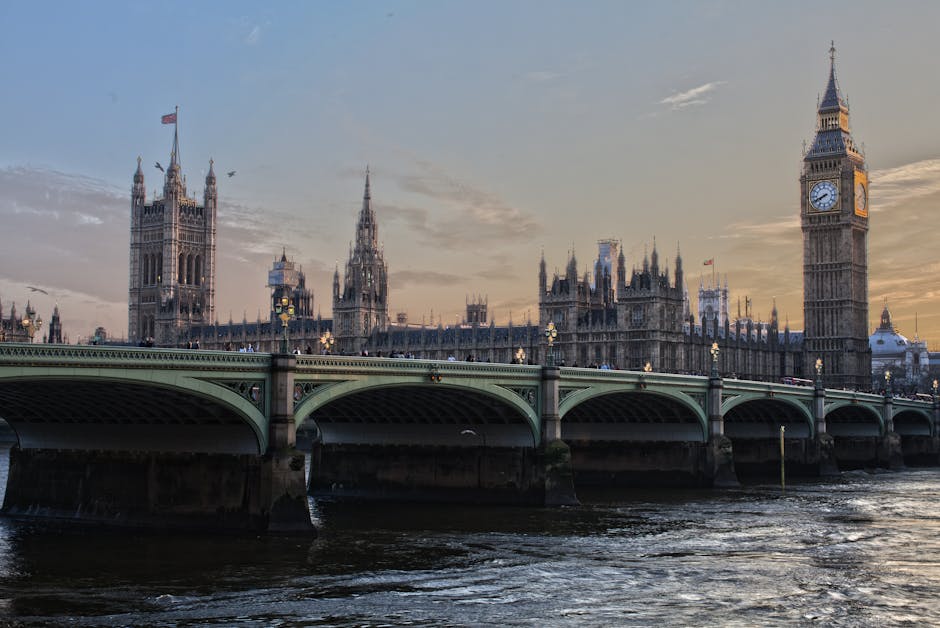UK Borrowing Figures Exceed Forecasts
London – The UK government borrowed £17.4 billion in October, a figure significantly higher than anticipated that casts a shadow over the upcoming Autumn Statement. The latest data from the Office for National Statistics (ONS) reveals the second-highest October borrowing since records began, painting a challenging picture of the nation’s public finances.
Economists had predicted a figure closer to £13.7 billion, but stubborn inflation and soaring debt interest costs pushed the total £3.7 billion above forecasts. This unexpectedly high figure highlights the persistent economic pressures facing the government as it navigates sluggish growth and the ongoing cost-of-living crisis.
Why Was October’s Borrowing So High?
The primary driver behind the surge in borrowing is the high cost of servicing the UK’s national debt. A breakdown of the ONS figures shows two main culprits:
- Debt Interest Payments: The interest bill on government debt reached £7.5 billion for the month. A large portion of this is due to index-linked gilts, a type of government bond where interest payments rise in line with inflation. As inflation remains elevated, the cost to service this debt continues to climb, adding £1.1 billion to the bill compared to the same month last year.
- Government Spending: The cost of social security benefits, including pensions, continues to rise as they are also linked to inflation. Furthermore, the residual costs of last year’s energy support schemes, designed to help households and businesses, are still contributing to higher public spending.
Impact on the Autumn Statement and Tax Cuts
This news arrives at a difficult moment for Chancellor Jeremy Hunt, who is preparing to deliver his crucial Autumn Statement this week. The Conservative Party has been signalling a desire to introduce tax cuts ahead of a general election expected next year.
However, the higher borrowing significantly reduces the Chancellor’s “fiscal headroom”—the spare capacity he has for spending increases or tax cuts while adhering to his own fiscal rules. To proceed with significant tax cuts now, the Chancellor would face a difficult choice:
1. Borrow even more, which could alarm financial markets and potentially drive up interest rates.
2. Implement deep cuts to public services, such as the NHS, which would be highly unpopular with voters.
The ONS figures severely constrain Mr. Hunt’s ability to offer pre-election giveaways, forcing him to balance political pressures with the need for fiscal responsibility.
What This Means for the UK Economy
The sustained high level of public sector net borrowing underscores the fragile state of the UK economy. A weaker fiscal position can impact the value of the Pound Sterling and influence the Bank of England’s decisions on interest rates.
For the public, it signals that the path to economic recovery remains difficult. The decisions made in the Autumn Statement will be critical, as the Chancellor attempts to demonstrate control over the public finances without further stifling economic growth. All eyes will be on his tightrope walk between reassuring markets and offering relief to a public weary of high inflation and taxes.




